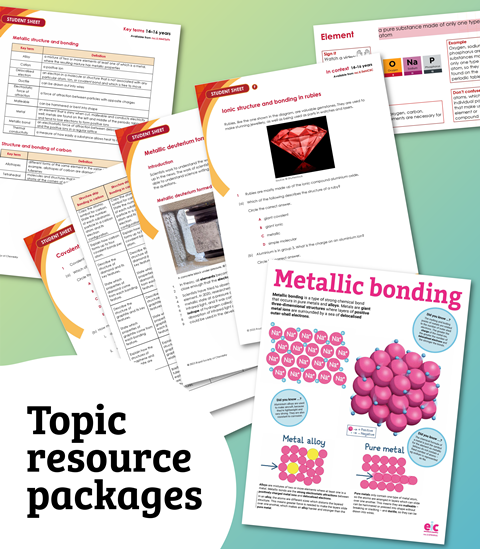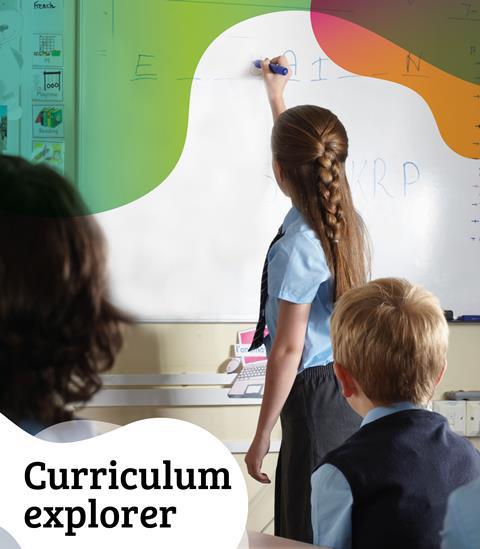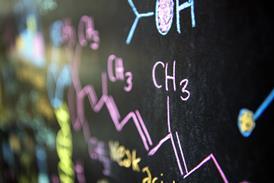All Applications of chemistry articles – Page 6
-
 Feature
FeatureCamping’s chemical elements
Top tips from the chemistry lab for roughing it well when camping
-
 News
NewsGraphene veil prevents fading
Atomically-thin graphene lattices are being used as a barrier against ageing
-
 Ideas
IdeasLink global food security to your lessons on fertilisers
Use these resources and activities to link UN sustainable development goal 2 to your practical lessons on rates of reaction and the use of fertilisers
-
 Feature
FeatureMeteorite chemistry
What is a meteorite made of? Studying the composition of meteors allows scientists to look back billions of years to before the birth of the solar system
-
 Resource
ResourceFossil fuels and global carbon emissions | 14–16 years
Classroom activity where learners explore and debate the issues around fossil fuels, energy and global carbon emissions
-
 Feature
FeatureDesigning cancer drugs
How screening is used to develop targeted therapies that improve the lives of cancer patients
-
 Resource
ResourceCisplatin and drug design | 16–18 years
Assess learners’ understanding of the mechanism of cisplatin as an anticancer drug with these examination-style questions.
-
 Ideas
IdeasAdd sustainable management of water to your existing lessons
Quick and simple tips and activities to link UN sustainable development goal 6 to separation techniques, potable water and more
-
 News
NewsHow microbes convert waste plastic bottles into vanillin
Show students how chemistry is upcycling plastic monomers into higher value alternative products
-
 Soundbite
SoundbitePolymer chemistry is printing noses
Learn more about a novel application of polymer chemistry to help reconstruct the faces of skin cancer patients
-
 CPD article
CPD articleTeaching rates of reaction post-16
Ideas and activities to help students explore reaction dynamics and mechanisms
-
 News
NewsA 3D-printed material replacing elephant ivory
Show your students a new context when studying composite materials and thermosetting polymers
-
 Interview
Interview‘My favourite colloids? English ale and clotted cream’
Meet Brent Murray, a food scientist with a passion for beer, ice cream, clotted cream and other food colloids
-

-
 Feature
FeatureHow ice cream is made
For a simple combination of milk, cream, sugar and flavourings, there is a lot of science involved in ice cream manufacture
-
 Poster
PosterReal-life contexts for thermodynamics
Use this infographic with your 16–18 students and get them working with thermochemistry, intermolecular forces and free energy
-
 News
NewsCeramic nanoparticles help mould glass into any shape
Get students to compare the properties of glass and plastic polymers
-
 Resource
ResourceSeparating caffeine | 11–14 years
DART (Directed Activity Related to Text) covering separation techniques, including dissolution, distillation and filtration. Decaffeination provides a great context to add depth to a sequence of lessons on separation techniques.
-
 Feature
FeatureDecaffeination – how does it work?
Organic solvent, supercritical carbon dioxide or water? A knowledge of solvents and solutions is essential for removing caffeine from your daily cuppa
-
 Feature
FeaturePlastic conservation
Usually we want plastics to degrade, so what about when we don’t? How chemists are helping museums preserve plastics











